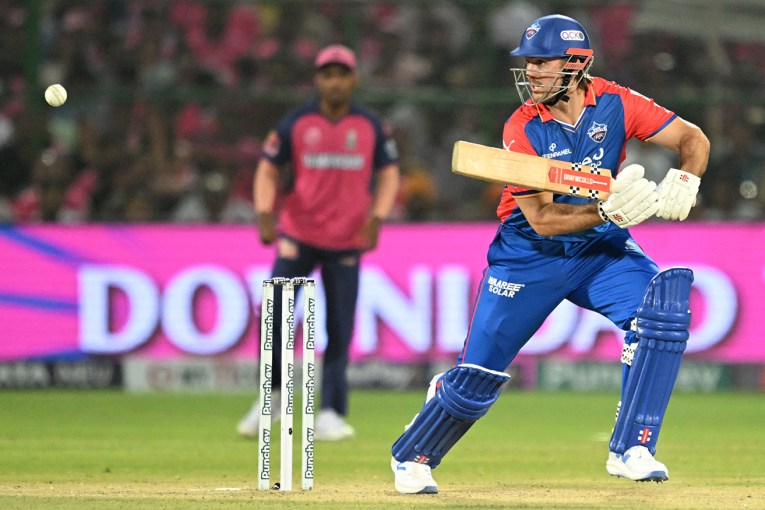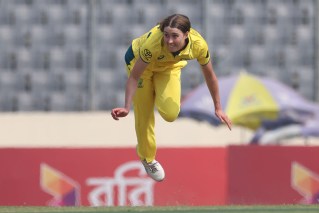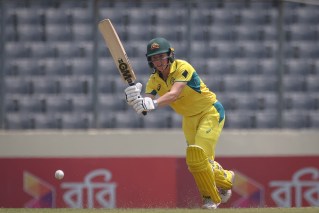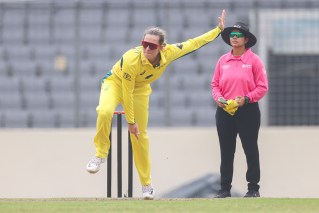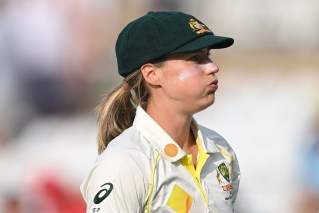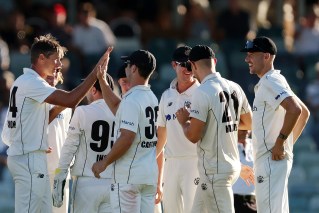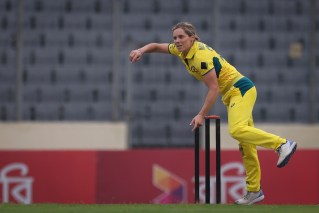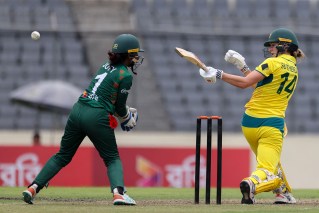The solution to fix Australian cricket’s scheduling issues

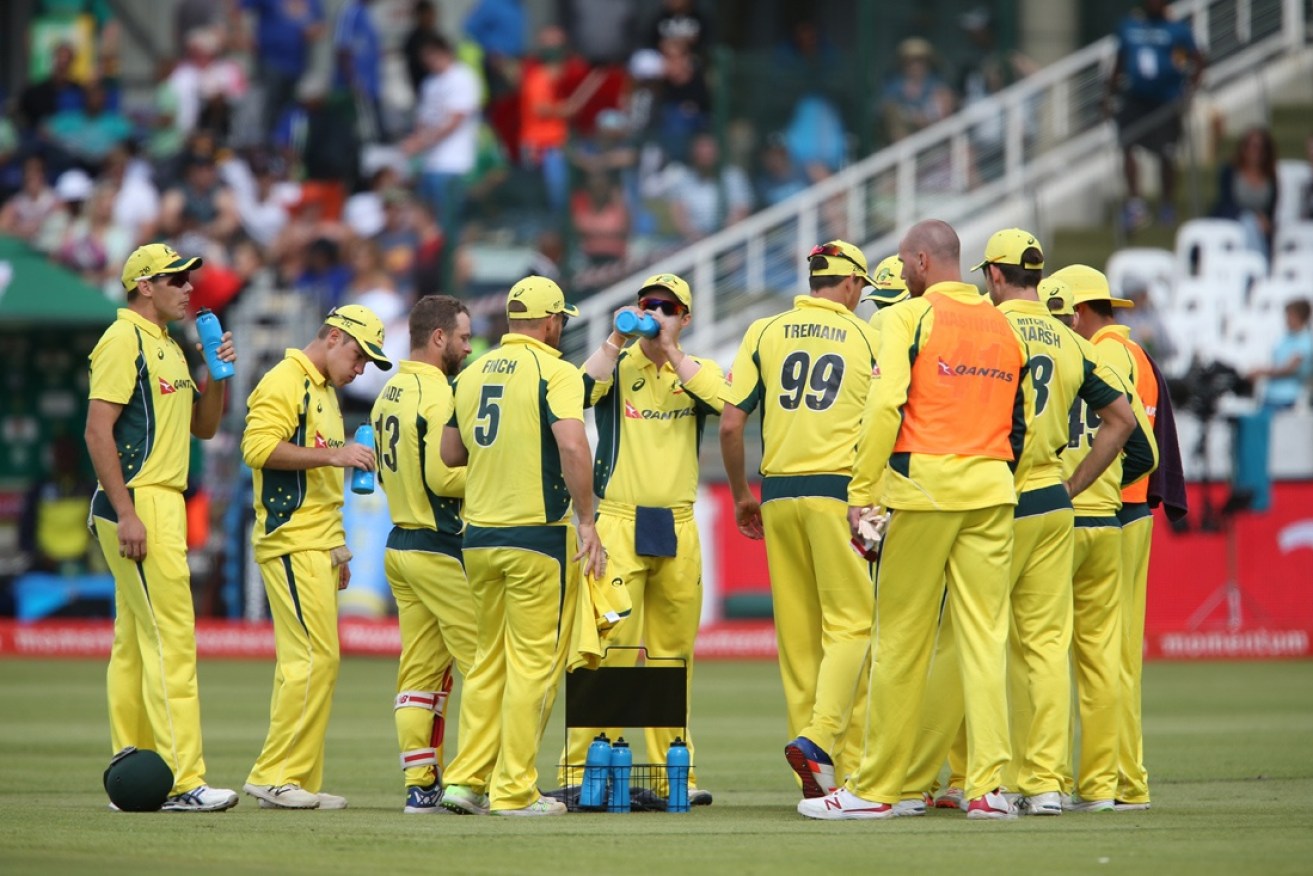
Australia's one-day team are in action again this weekend. Photo: Getty
ANALYSIS
Over the past week, we’ve rediscovered our appetite for Test cricket.
The national team took some exciting steps toward a resurgence and the debate around team selection is heated again.
The crowds were excellent at the Adelaide Oval and the television ratings were sky-high.
So now is obviously the ideal time to slot in three one-day internationals, right? Wait. What?
New Zealand is here for a fleeting taste of 50-over cricket, with the series starting at the SCG on Sunday.
Could the timing – sandwiched in the middle of the Test summer – be any worse?
Our poor preparation before the South Africa Test series was the subject of much consternation – and what did we do then? Play meaningless one-dayers before the Tests, of course.
The mistake is again being repeated before Pakistan’s visit.
For supporters who are so used to their national team winning, the woeful performance in the second Test at Hobart was something of a wake-up call.
With the infusion of new blood into the team for Adelaide, suddenly everyone was paying close attention.
That means no-one wants to wait nearly two more weeks before the next Test, the first of the Pakistan series in Brisbane.
Cricket Australia, however, had little choice with its scheduling, as it guaranteed the Black Caps regular Trans-Tasman contests from this summer on as the incentive for the Kiwis to agree to last year’s historic first day-night Test in Adelaide.

Adelaide Oval during last year’s day-night Test between Australia and New Zealand. Photo: Getty
Just as importantly, no-one wants to see the new-look Test squad lose the great momentum it has just started to build.
Perhaps the Chappell-Hadlee series might be able to ride the wave of enthusiasm the third Test generated, however it’s being viewed by many as an annoying interruption – and that’s without even looking at it from a players’ perspective.
Through the ’90s and 2000s, until Twenty20 started to make inroads, cricket had something of a split personality, with One-Day Internationals challenging Tests for the attention of the public and the available timeslots in each cricketing nation’s summer schedule.
However, the players were able to handle playing both formats, partly because they almost always played Tests then ODIs.
The relatively recent creation and rise to prominence of T20 has brought with it greater challenges for those trying to find a balance, not least batsmen.
Cricket now has three distinct “products”, with lines of demarcation between them becoming clearer, meaning it’s getting harder and harder for players to excel at all three.
Most team sports have only one format and, where there are multiple incarnations (rugby and rugby sevens spring to mind), there tends to be little or no overlap between players.
And this is where cricket needs to follow the lead.
Arguably, the three cricket formats are subject to far more variables than other sports.
While the core skills of the game are common, players must be able to adopt a different style of play, different tactics and, significantly, a different mental approach.

Twenty20 requires a different approach. Photo: Getty
That’s hard enough when you finish a series in one format and have to switch to another within a week or so, let alone when you’re forced to switch, switch back, and chop and change a couple more times in a matter of months.
While there’s no way to quantify any adverse effect, it would be a brave sports scientist, psychologist or coach who contends that players don’t find switching formats problematic.
We should, therefore, at least seriously consider completely separate Test and limited-overs squads.
Of course, this would be unpopular with players, who understandably want to play as much top-level cricket as they can during their prime.
But imagine if Australia’s most important Test players, Steve Smith, David Warner, Josh Hazlewood and Mitch Starc, were preparing for the Pakistan series by playing in next week’s round of day-night Sheffield Shield matches, rather than entertaining crowds in Sydney, Canberra and Melbourne.
Would anyone really have a problem with a one-day team missing four or five players, for the benefit of the Test side?
To make it work properly, there would need to be a different coach, and an understanding that someone like Glenn Maxwell could still be “promoted” to the Test squad.
Players simply wouldn’t be in both squads concurrently.
It’s a scenario we’re going to see in February, anyway, when our T20 team plays three matches against Sri Lanka as the Test squad is in India preparing for a four-match series.
And it could very well be the norm.
Murray Brust has been covering international sport in a variety of roles for nearly three decades.
